Introduction to Uluru’s rich heritage
Uluru, commonly known as Ayers Rock, is positioned in the centre of the Northern Territory and stands not only as a stunning rock but also as a significant cultural icon for the Anangu, who are its traditional owners. This massive monolith made of sandstone is not just a natural feature; it embodies many centuries of Aboriginal culture that are filled with traditional practices, spiritual beliefs and creation stories. The main focus of this article discusses the numerous cultural and educational experiences offered by Uluru and its proximal areas, stressing how they greatly help foster deeper intercultural understandings and appreciation amongst their visitors.
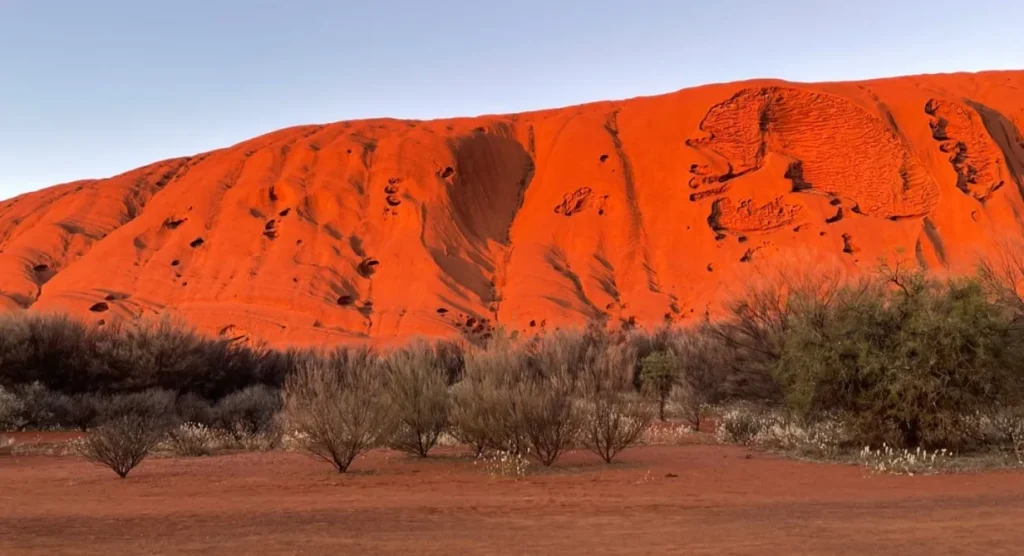
Indigenous Guides: Gatekeepers of Ancient Wisdom
At Uluru, the climb into Aboriginal cultural heritage begins with Indigenous guides. These ancient land custodians who have inherited knowledge from one generation to another do more than guide people through time. They tell epic tales and myths of origin that reveal a people deeply connected to their surroundings. Their narratives provide insight into the aboriginal land’s importance in traditional ownership among them which constitutes an important part of their cultural identity.
Guided Uluru tours from Alice Springs are much more than just learning experiences; they are done specifically to immerse oneself in a living culture that has survived here for thousands of years. When you walk around this giant stone mountain’s base, there is a story behind every path and cave you come across, and each flora or fauna species holds a special place in Aboriginal lore. This experience is invaluable for anyone seeking to understand the real Outback experience and the enduring legacy of its Indigenous people.
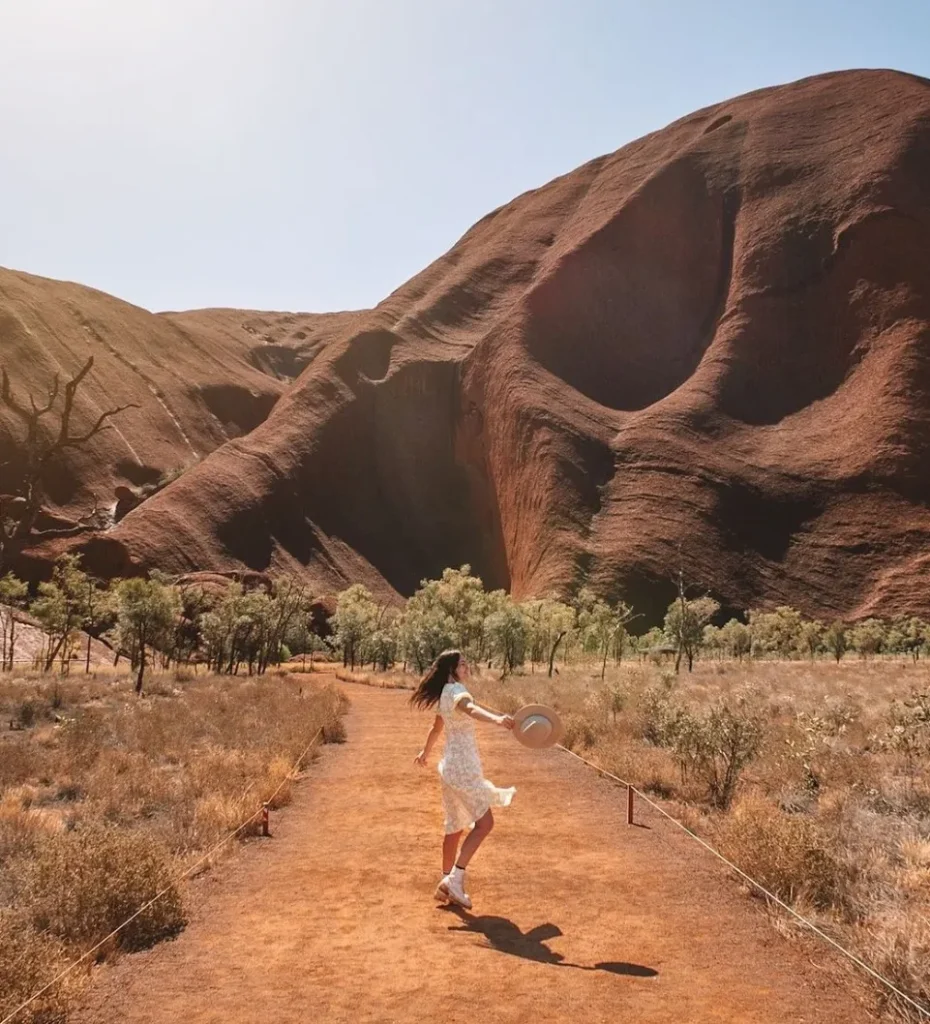
Engaging with the Natural Environment
Uluru does not just bear cultural significance but also serves as a central point within larger surrounding landscape enveloping other natural marvels. The park housing Uluru itself contains unique geological features, natural waterholes as well as varied ecosystems essential for aboriginals’ customary lifestyle. In this location, environmental connections among its people and cultural practices can be felt.
Visitors to Uluru get to explore different aspects of the natural environment that have been woven into the area’s indigenous culture. This incorporates understanding native bush tuckers, interacting with Aboriginal rock art, which depicts heroic stories older than centuries, and observing Indigenous wildlife, which is very significant in terms of Aboriginal storylines and survival techniques.
Comprehensive Cultural Experiences
Uluru and its environs provide a range of cultural experiences that are fundamental for appreciating Aboriginal heritage. Such experiences are not only meant to educate but also instil respect and appreciation for the Indigenous people’s cultural values and traditions.
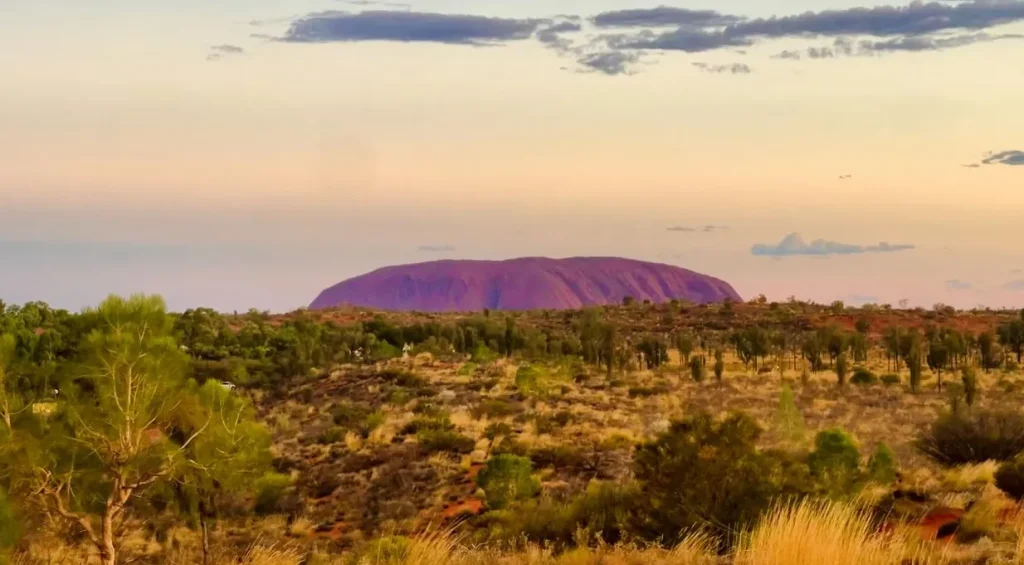
Art and Expression through Aboriginal Traditions
One cannot visit Uluru without delving into the artistic expressions of its Indigenous people. The famous dot paintings by Aborigines are not just about art pieces; they are forms of storytelling as well as lore transmission methods. These paintings contain various elements of aboriginal cultures, such as dreams (Dreamtime), native animals, and the landscape itself, among others; they feature intricate patterns filled with vibrant colours.
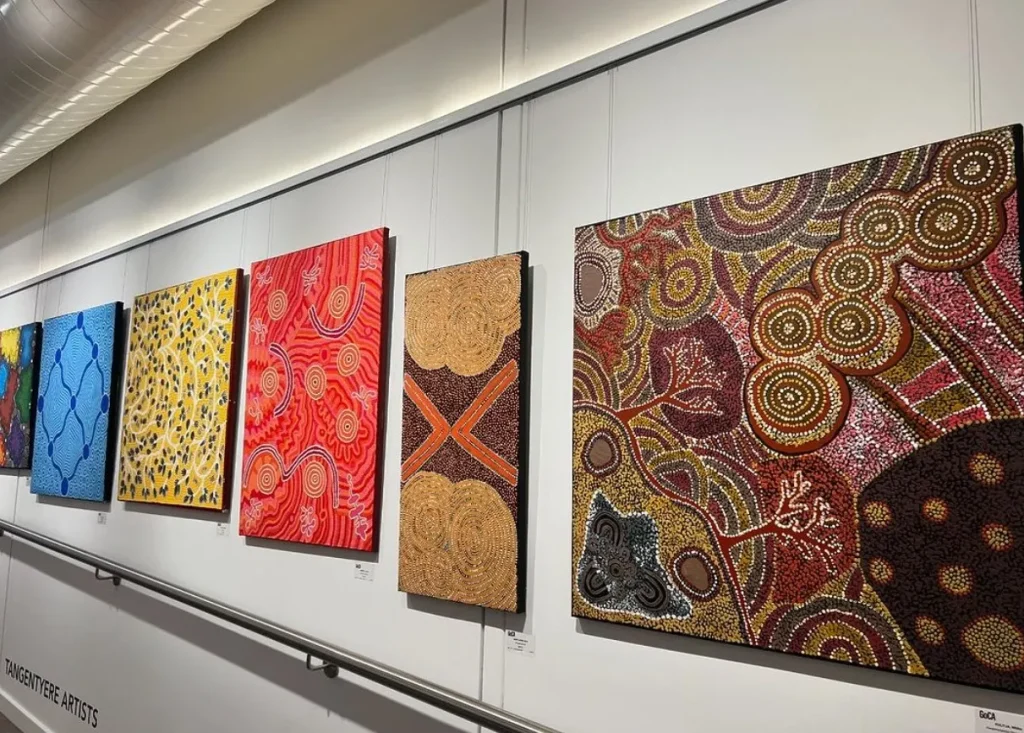
Dot painting workshops conducted by local artists are a hands-on way to learn this ancient art form. These sessions teach not only the techniques but also explain the meanings behind the patterns so that people understand how their creations can be regarded as symbols of their cultural heritage.
Immersive Educational Tours
Educational Uluru tours from Alice springs are specifically designed for students, and tourists on excursions or international student groups will find them very useful. These trips encompass everything from Aboriginal cultural heritage, environmental science to geography of Australian outback.
Table 1: Key Educational Tours and Their Focus Areas
| Tour Name | Focus Area | Description |
|---|---|---|
| Mala Walk | Aboriginal Culture & Natural History | A guided walk around Uluru discussing flora, fauna, and lore |
| Bush Tucker Tour | Indigenous Survival Techniques | Learning about native foods and their uses |
| Astronomy Guide Tour | Night Sky Stories | Exploring celestial significance in Aboriginal culture |
| Rock Art Exploration | Aboriginal Art & Storytelling | A deep dive into the ancient rock art at Uluru |
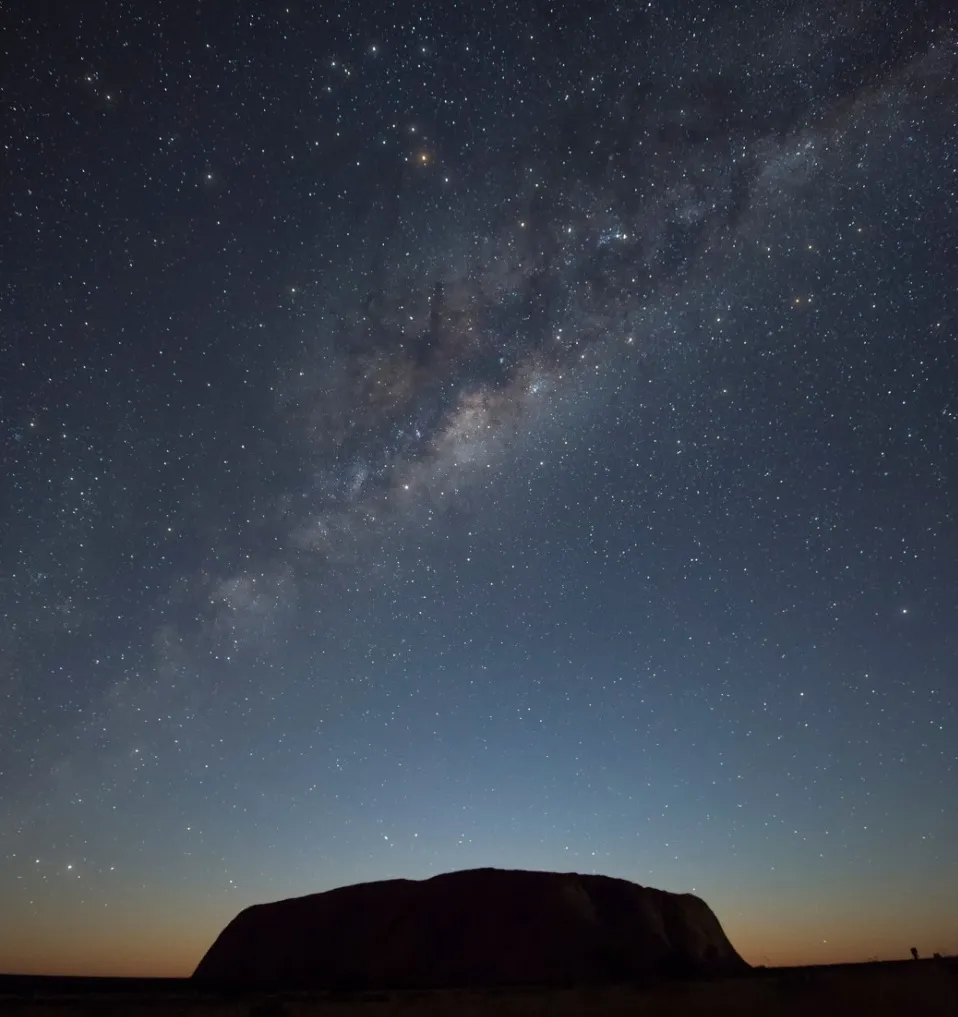
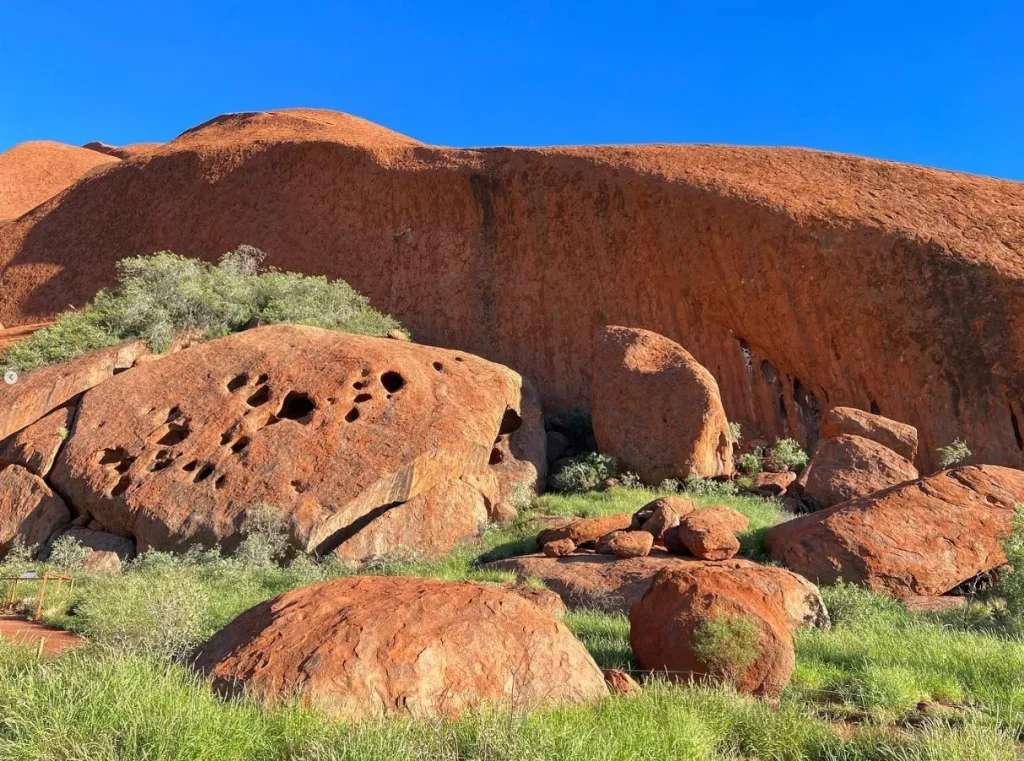
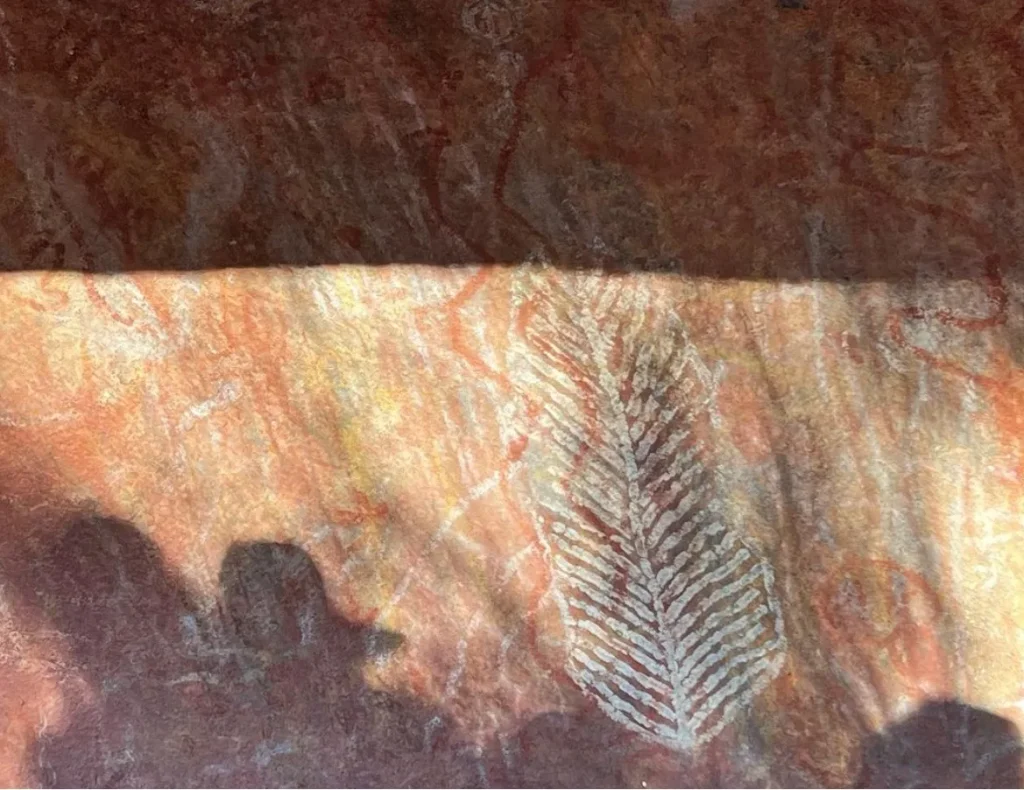
These Uluru tours combine narratives of the past with the present, often led by accredited guides who help bridge gaps in understanding and appreciation for the land and its original inhabitants.
Traditional Skills and Workshops at Uluru
Uluru is known for being picturesque and full of indigenous history as well as a place where visitors can participate in traditional Aboriginal crafts and learn survival skills from experts. As an educator, I am always excited when I see workshops like these because they offer valuable insights into primitive societies who have survived for many centuries even in such challenging conditions.
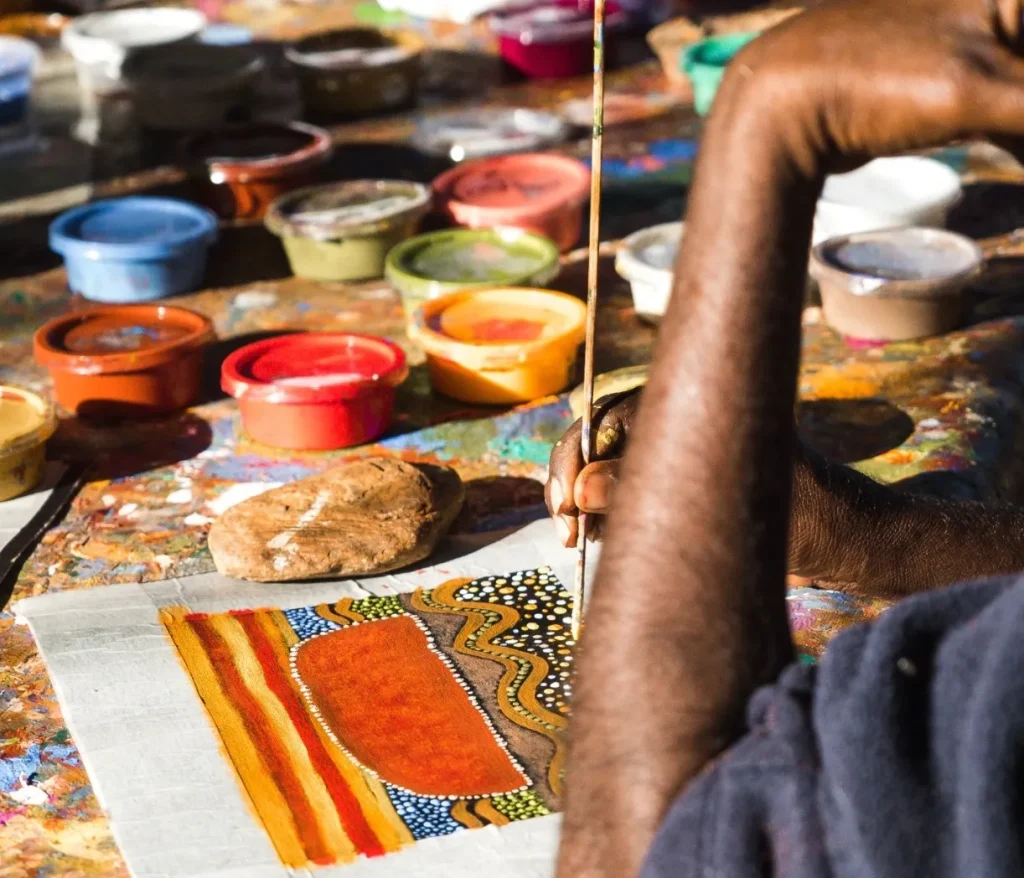
Spear-Throwing and Tool-Making Demonstrations
Visitors will be taught spear throwing which has been used by Indigenous people over thousands of years while hunting. What is more interesting about these lessons is that it does not only involve learning how to throw but comprehending some physics behind making spears from natural materials found within one’s environment. In the same vein, workshops on traditional tool-making offer a practical experience where visitors learn how to make boomerangs and other items with the guidance of Aboriginal people who relate their everyday use and spiritual significance.
Cultural Dance and Music Sessions
Participating in traditional dances and music sessions is an interactive way for one to be immersed in Aboriginal culture. It is not unusual for community elders to lead such meetings where they will even go further to explain why each dance or song was performed because most of them are done to tell tales or celebrate some community moments whilst others are used in connecting with the ancestral spirits. The experiences offered through this activity often leave many visitors deeply moved as they feel connected to their land, rhythmically intertwining with history.
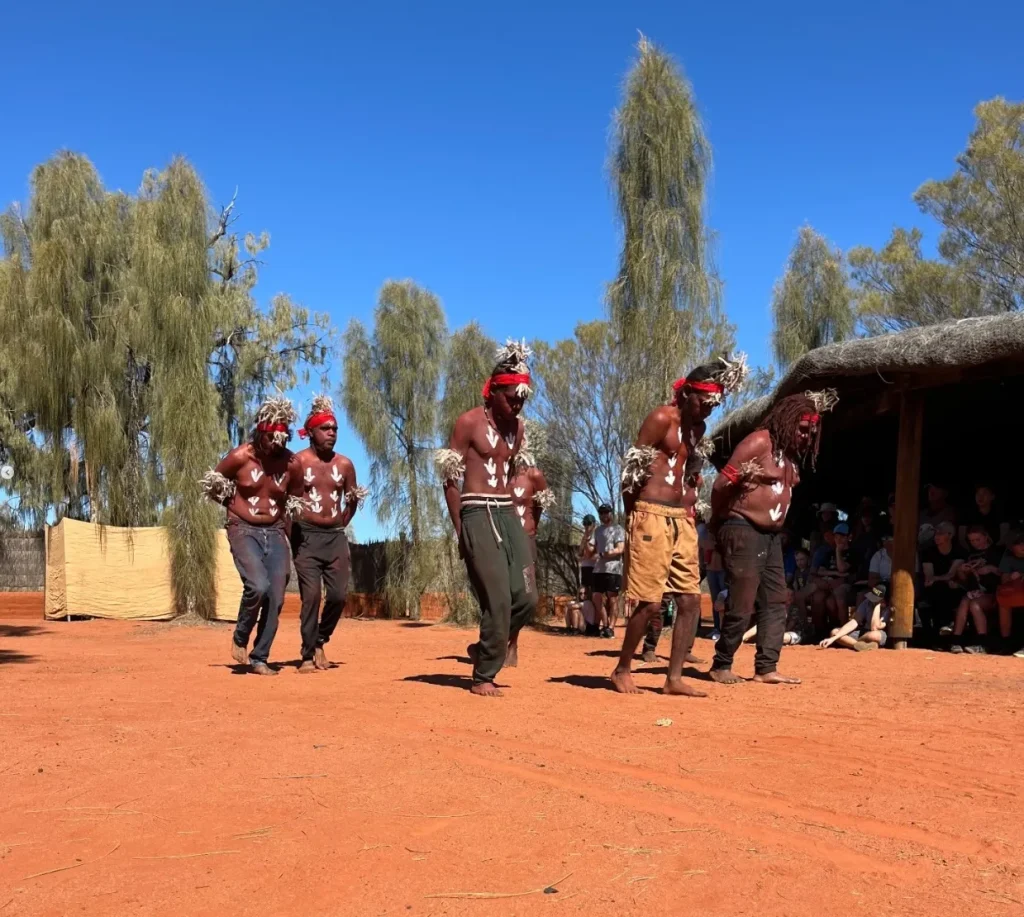
Tailored Educational Programs for Schools
Uluru is a primary educational resource for students studying geography, history, or cultural studies in general. The bespoke educational programs at Uluru provide real-life examples of what textbooks talk about hence reinforcing classroom teaching.
Ranger-Led Mala Walks for Schools
Mala Walks, led by Rangers, are most helpful for school groups. On these walks, one can expect discussions on local fauna and flora as well as relevant stories concerning Aboriginal people’s sacred sites around the rock while touching upon efforts made towards conserving such places. Such walks greatly complement this particular Australian curriculum by giving students a learning Australian desert environment outside the classroom, resulting in memorable lessons that children never forget even after years.
Interactive Learning at the Cultural Centre
At the Cultural Centre near Uluru, there are various educational materials and displays that aim to deepen students’ understanding of Aboriginal culture. Some interactive sessions include storytelling while others are traditional games or art classes so as to address different learning styles with a view to all ages of students gaining a deeper respect and appreciation for Aboriginal heritage.
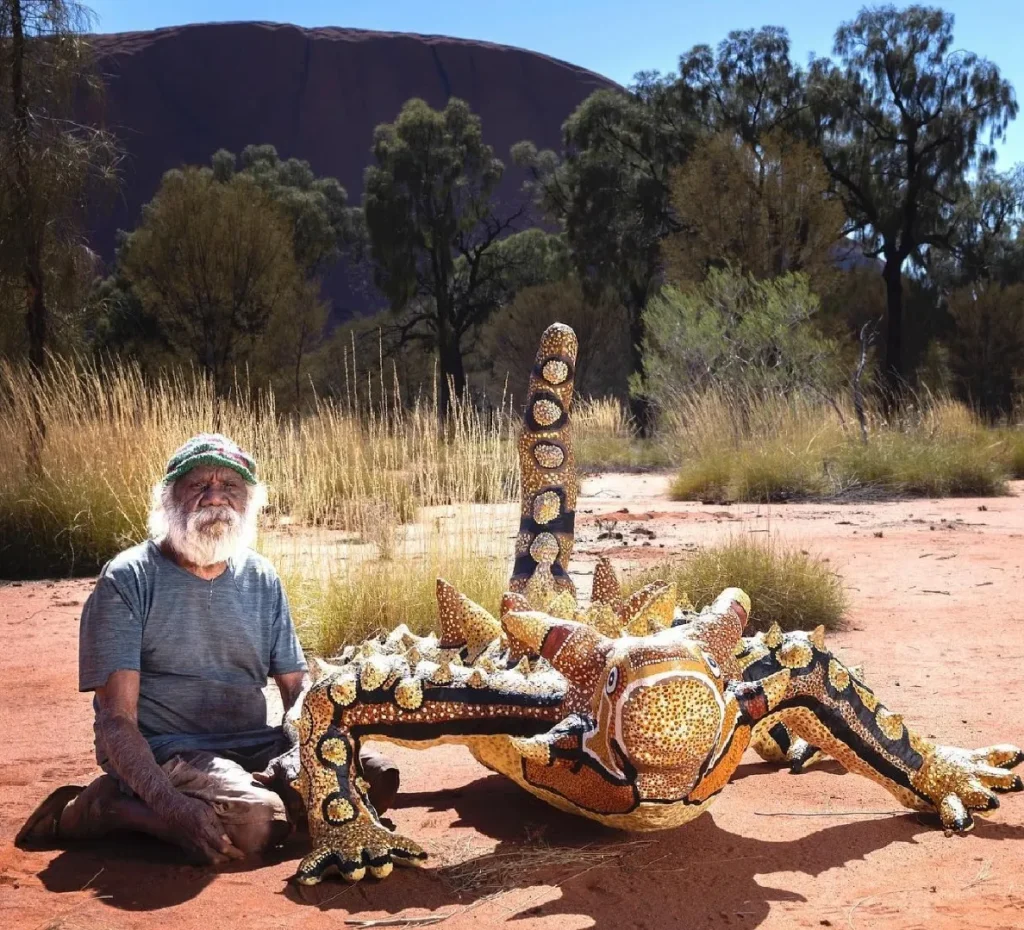
Unique Experiences for All Visitors
Uluru offers unique experiences beyond just structured tours and educational programs that reveal some natural and cultural treasures. These experiences often leave an indelible mark on one’s mind and deepen one’s love for Aboriginal cultures.
Sunset and Sunrise Viewing
It is amazing to see a sunrise or breathtaking sunset in Uluru. Under the rising or setting sun, the rock changes from deep ochre to bright red, then finally into pale pinks and purples. During this time, Indigenous guides tell stories or sing songs, making the whole experience unforgettable.
Camel Tours Around Uluru
Camel tours offer a fun-filled outing with an educational twist in landscape perspective, from riding on camels, which allow you to take in the expansive vistas slowly passing by, to experienced guides taking you through desert ecology while sharing land-touching stories about both people living in it.
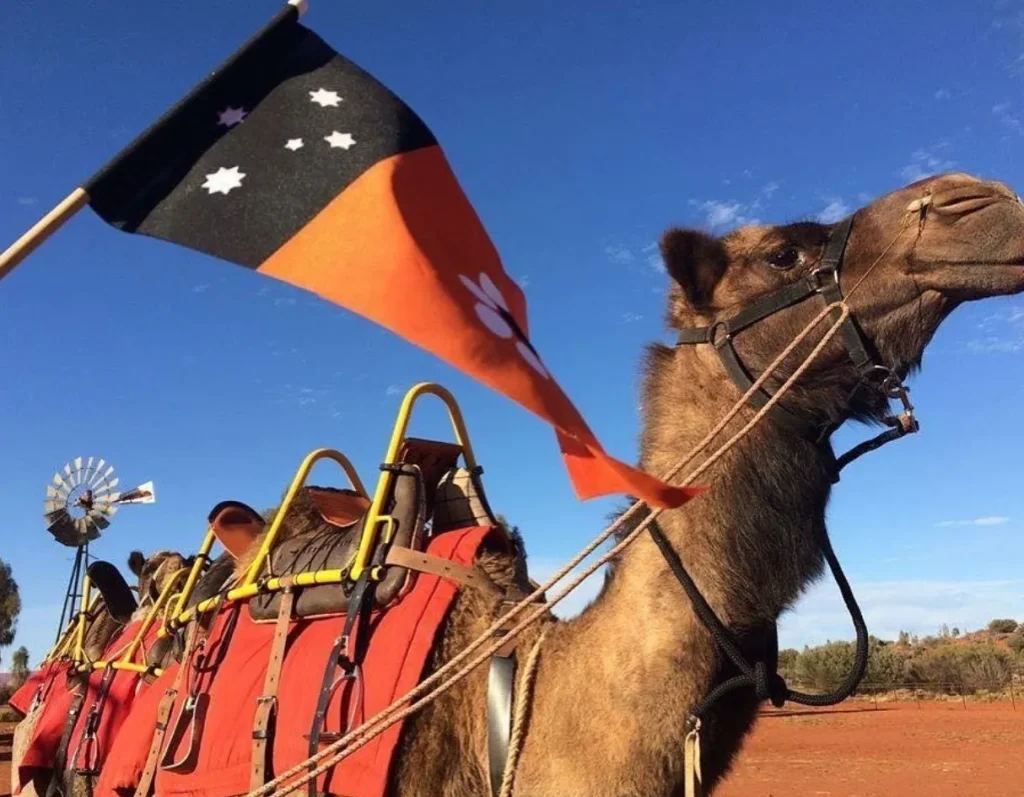
Conclusion
Visiting Uluru provides insight into Aboriginal culture as well as natural history making it more than just a glimpse. It serves as an ultimate immersion into Australia’s cultural past, whereby every activity or place visited becomes an opportunity for profound personal change, growth, and development. At Uluru, learning opportunities are not limited, but they also inspire visitors to respect traditional practices, spiritual beliefs, and conservation efforts that protect this magnificent landscape.
FAQ
What should I wear when visiting Uluru?
When you go to visit Uluru, ensure that you are comfortable with your clothes since you will be walking and also protect your body from sun. Comfortable walking shoes are essential, as well as a hat, sunscreen and water bottle.
Is photography allowed at Uluru?
It is not illegal to take photographs in the park; nevertheless, there are some places where people are not allowed to photograph because of cultural reasons. You should respect these restricted zones, which are usually demarcated.
Can I visit Uluru without a tour guide?
You can visit Uluru without having a tour guide yet it is much more rewarding if you do, since only native Australians will be able to give you insights into culture beyond what is accessible otherwise.
Are there facilities available at Uluru for overnight stays?
There are various accommodation options depending on one’s budget ranging from camping at Ayers Rock Campground to luxury stays at Ayers Rock Resort. Such amenities take care of all income levels and degrees of comfort.
How can I ensure my visit to Uluru is respectful of Aboriginal culture?
To ensure that your visit respects Aboriginal culture heed all instructions given at the Cultural Centre, observe the indicated paths in order not to trespass sacred sites and participate in tours conducted by indigenous guides who provide culturally appropriate information.